Rivers and slow rivers
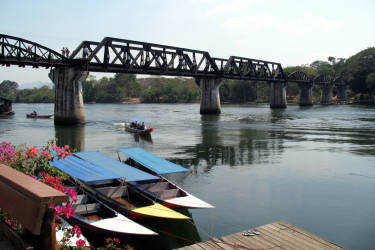
Legende
La rivière Kwaï en Thaïlande et son célèbre pont
Credit
© Frederic Fasquel
What is a river?
Rivers include what are referred to as slow-moving waters, where the flow is calm, not very fast and generally tends to slow down even more on approaching the mouths of rivers. This distinction from streams and torrents is arbitrary but allows waterways to be classified into two families, characterised by very different hydrologic and biological conditions.
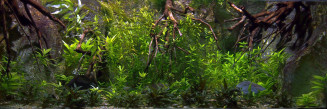
Legende
Bac de rivières d'Asie à l'Aquarium tropical
Credit
© Frédéric Fasquel
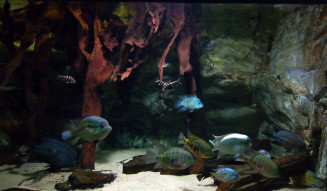
Bac de fleuves d'Amérique centrale à l'Aquarium tropical
© Frédéric Fasquel
What fauna and flora?
While the vegetation regularly swept along by floods has trouble developing in the minor bed of the river, the major bed houses abundant plant life, in alluvial soil rich in minerals and water.
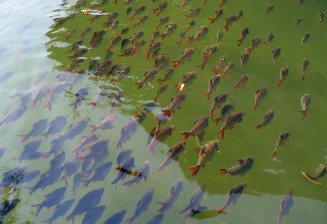
Fleuve Barbus swanfeldi nageant à la surface dans la rivière Kwai
© Frederic Fasquel
Due to the broad range of conditions of rivers, a large variety of fish with adapted forms and behaviours can be found there. For example, depending on whether they live close to the lake bed, in deep water or close to the surface, fish will point their mouths towards the bottom like stingrays and catfish, towards the front like cichlidae and crocodile fish, or upwards like the Arowana or giant Gourami.
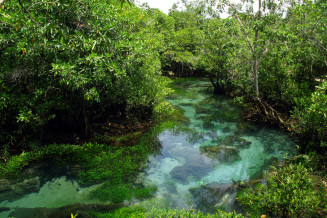
Legende
La rivière Tha Pom en Thaïlande
Credit
© Frederic Fasquel
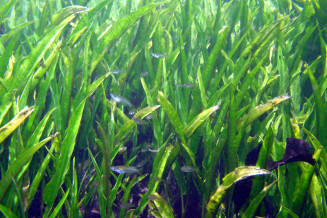
La rivière Tha Pom avec son massif de Cryptocoryne
© Frederic Fasquel
Rivers are also travelled by species of migratory fish, who don’t live there but come there to breed, and will join the fast-moving waterways upstream, like salmon, or downstream water, like the eel.


